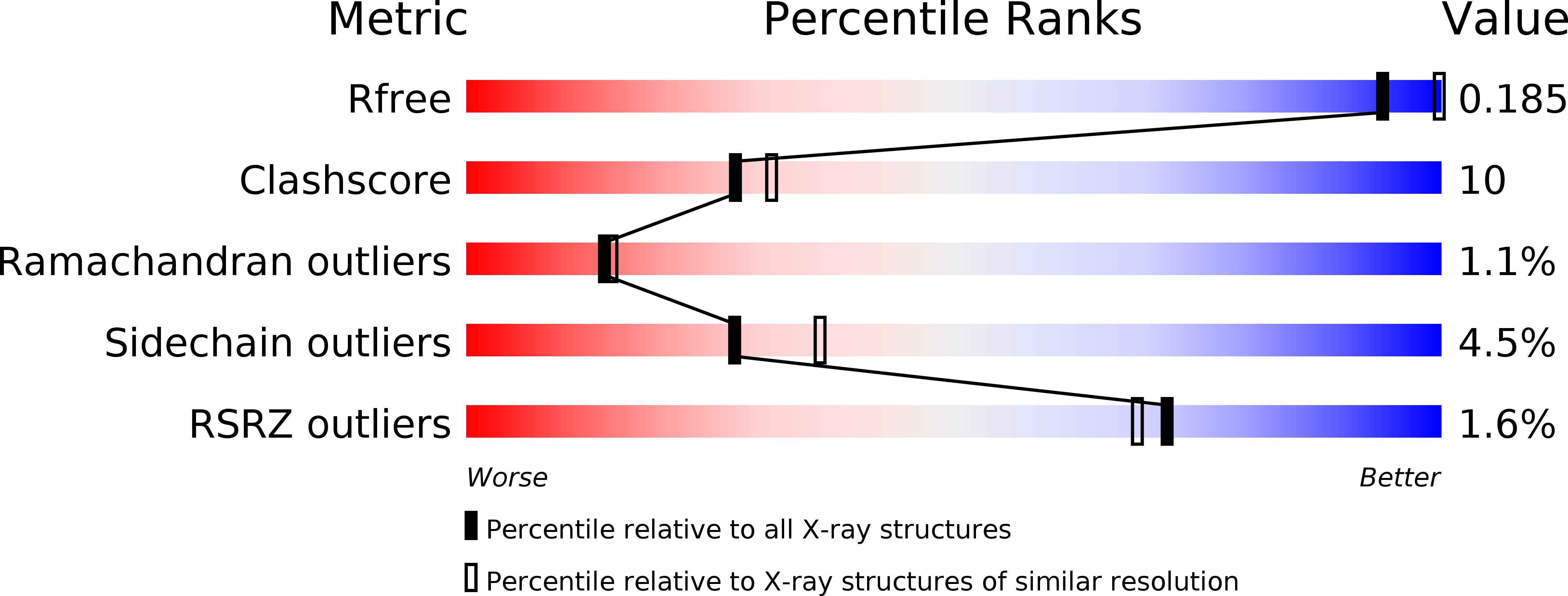
Deposition Date
2007-07-05
Release Date
2008-07-08
Last Version Date
2023-08-30
Entry Detail
PDB ID:
2QIO
Keywords:
Title:
X-Ray Structure of Enoyl-Acyl Carrier Protein Reductase from Bacillus Anthracis with Triclosan
Biological Source:
Source Organism:
Bacillus anthracis (Taxon ID: )
Host Organism:
Method Details:
Experimental Method:
Resolution:
2.44 Å
R-Value Free:
0.22
R-Value Work:
0.17
Space Group:
P 21 21 21


